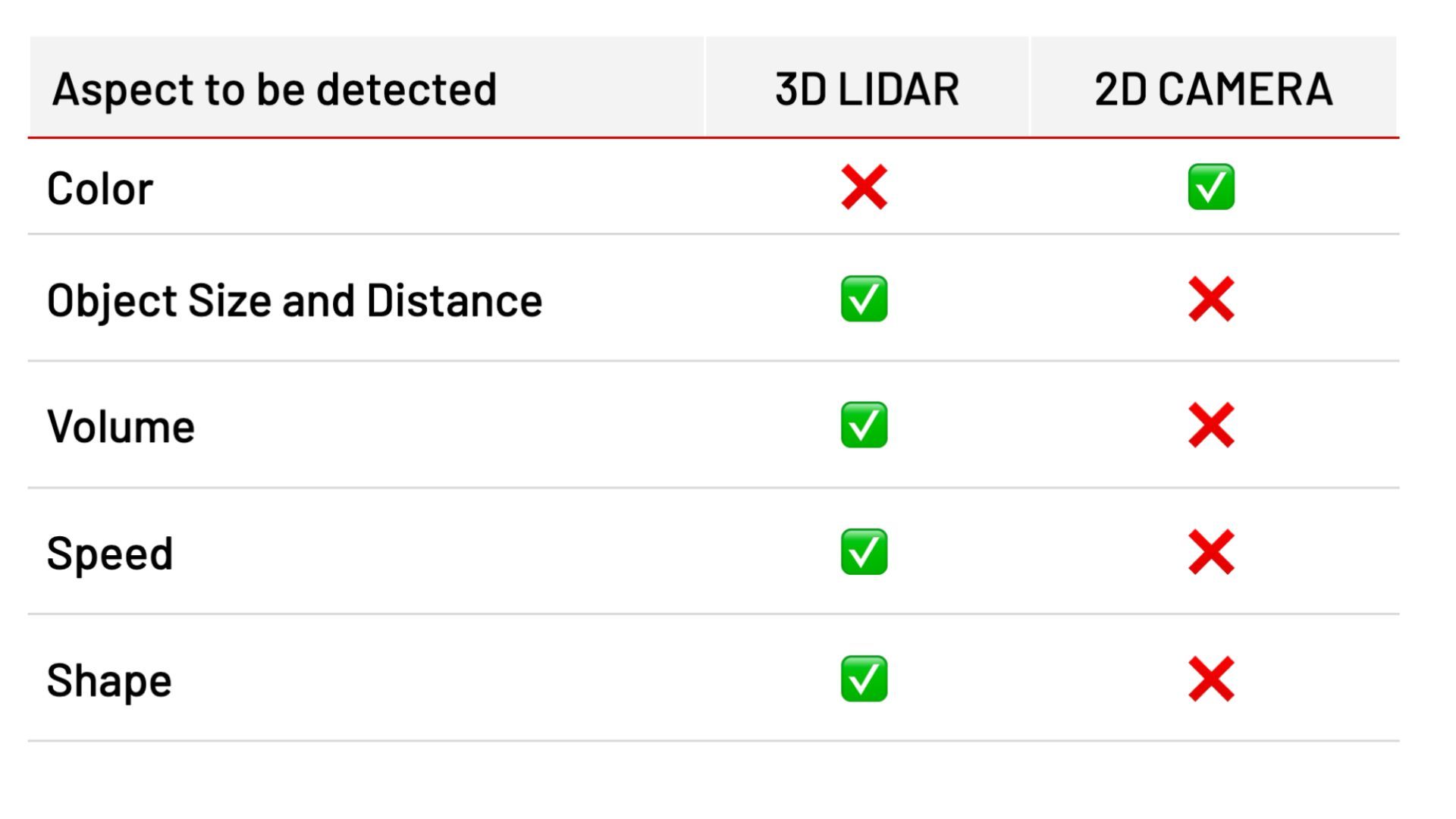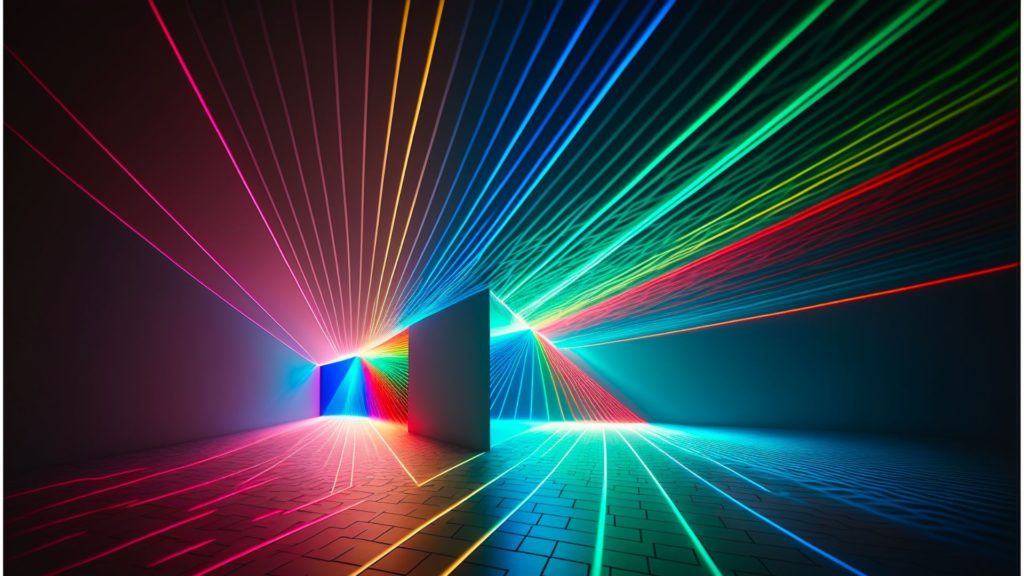This blog post was originally published at Outsight’s website. It is reprinted here with the permission of Outsight.
3D LiDAR technology and processing software are increasingly becoming critical in numerous fields from people flow monitoring in airports to vehicles.
Light Detection and Ranging, also known as LiDAR, is a technology for remote sensing that is used to measure distances in an environment.
This is accomplished by illuminating the environment in question with light that is invisible to the human eye and timing how long it takes for the light to reflect back.
It gives robots and computers an accurate portrayal of the environment that is being scanned, allowing them to “see” the world in three dimensions.
Unlike existing 2D-based perception technologies such as cameras, the 3D data from LiDAR produces highly detailed, accurate spatial measurements and works in a range of environments and contexts, such as during the night and under direct sunlight.
When deployed at scale, LiDAR also offers an important nontechnical advantage: no personally identifiable information is ever captured.

LiDAR technology does not capture any personal information.
Why should we talk about LiDAR?
Because this technology is becoming increasingly important in numerous fields like autonomous vehicle design, people flow monitoring, robotics, industrial safety, environmental monitoring, and many more.
Curious about all the LiDAR application possibilities?
If you want to get started working with LiDAR or even just have a passing knowledge of what it is, read on. This article will teach you the essential information that you need to know about LiDAR.
How Does a LiDAR Work?
The LiDAR technology was developed as a way to accurately measure distance using light.
In LiDAR, a laser pulse is sent from a source (transmitter) and reflected from objects in the scene.
The reflected pulses are detected by the system receiver and, since the speed of light is constant, the time of flight (ToF) is used to develop a distance map of the objects in the scene (i.e., the amount of time that elapses reveals how far away the object is from the source of the light).

In the figure above, we illustrate how one single pulse of laser is used to measure the distance to the object.
In practice, a LiDAR sensor can send millions of laser points per second in different directions in order to obtain a comprehensive understanding of the surroundings.
The instantaneous three-dimensional data acquired by the sensor is referred to as a point cloud and is what is meant to be represented by the term “Frame” in the area of 3D LiDAR. This is analogous to a picture taken by a camera. A typical LiDAR will provide data at some 20 Frames per second.
With the appropriate software, you can combine many frames (or point-clouds) to create a 3D Map, that many people call a “Point-cloud 3D Map”:

Point-cloud 3D map generated over an airport scene
The source of measurement can be a ground-based unit or something flying overhead, such as vehicles, satellites, airplanes, or robots:

An example of a 3D LiDAR mapping kit in a backpack
LiDAR can be used to measure the distance to almost anything, including terrain, vegetation, buildings, and other moving objects like vehicles and people.
Where Does LiDAR Come From?
LiDAR is an old technology, but it’s been rebranded and redeveloped for new applications. The basic idea behind LiDAR is to measure distance with light.
The word “LiDAR”—meaning Light Detection and Ranging—actually dates back to the 1950s when it was used as a short-range radar system to measure the distance to buildings, trees and other obstacles.
It was a precursor to the modern-day scanning technique we now call LiDAR (pronounced LIE-dar). In the early 1970s, scientists began experimenting with the idea of using LiDAR to measure the distance to the earth’s surface. In 1971, LiDAR was used by Apollo 15 astronauts to map the moon’s surface. In the 1990s and 2000s, LiDAR sensors started being used to map terrain and create digital elevation models.
It has been used as a surveying tool in construction, forestry management, and mineral exploration for many years.

Forestry mapping with LiDAR, processed by Outsight’s software
In 2021, the program LiDAR HD started collecting high-density LiDAR data over the entire metropolitan area and overseas French territories to meet the needs of observation and spatial analysis in many areas of public action (risk prevention, observation of forest resources, land use planning, etc.).
In the early 2020s, Apple started to include LiDAR technology in its iPads in order to enhance the environment’s 3D modeling for augmented reality applications.
What’s the difference between a LiDAR and a camera?
One important difference is that LiDAR and Cameras are used to detect different aspects of objects.
- A Camera captures colours, but it has no notion of distance (a big object far away has the same size as a small object close to the camera)
- A LiDAR captures Spatial Data, that is the distance, shape, volume, and velocity of objects.
Consequently, if one wants to answer a question like “Is it a cat or a dog?”, a camera is a more appropriate tool, thanks to the precise coloured image and the right computer vision software.
However, if one wants to answer much more sophisticated questions like “What’s the size of this object?”, then the 3D LiDAR is a more appropriate solution.
The table below summarises which object features are detectable by each technology.

Another key difference between LiDAR and cameras is that the latter are passive sensors, which means that they depend on the external light to grab the colors (no light → no information).
In contrast, LiDAR is an active sensor, which means that, in order to grab the spatial information, it generates its own light, so it works in any lighting condition, including complete darkness (no light → still has information).
As a result, LiDAR allows vehicles and robots to identify other nearby vehicles, people, and other objects in the environment in almost any situation:
![]()
An example of a LiDAR application for pedestrian tracking
Dive deeper
You’re now ready to get into more details, thanks to the continuation of this article: How does Lidar work? (in detail).
Conclusion
LiDAR is a remote sensing technology that measures the distance to a target by illuminating that target using laser light, and measuring the reflected pulses with a detector.
LiDAR has been used to measure and map the earth’s surface since the early 1970s, and today it has been adapted in order to fulfil the needs of many applications in different markets.
However, it still offers integration challenges such as lack of standardization among manufacturers, high computer processing demand, and overall complexity in many aspects.
Today, it’s finally easy to overcome these challenges thanks to Outsight’s 3D Software Solutions.
Anne-Sophie Dubois
Outsight


